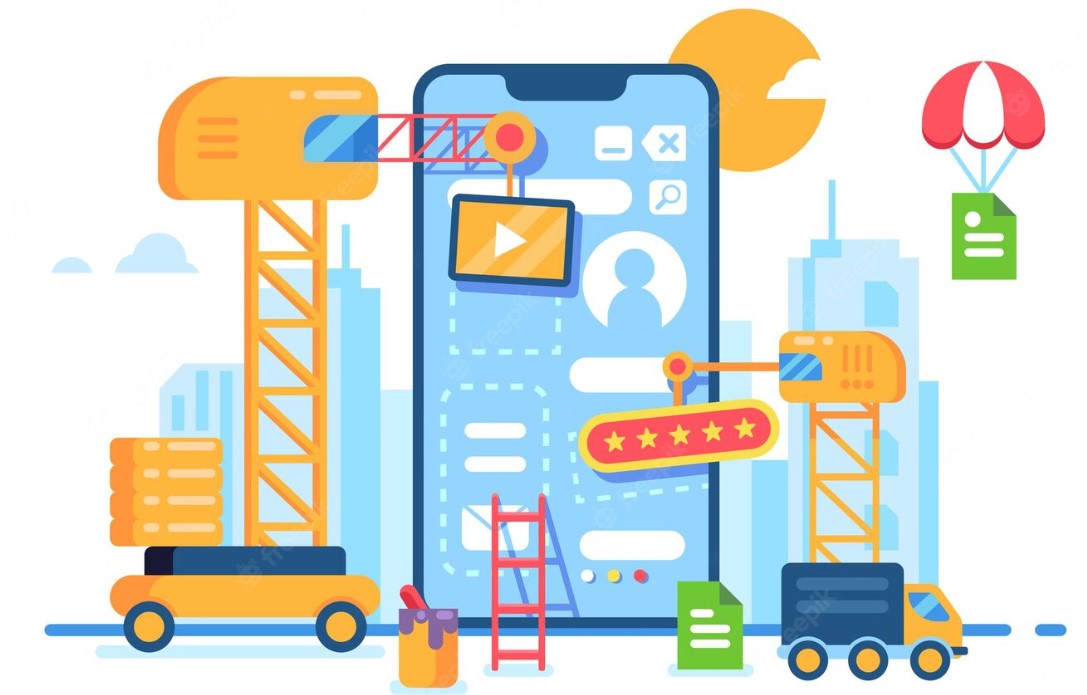Although a successful application of any type can make you a fortune, particularly in the current context of digital transformation and an interconnected world, you may lose your shirt if you don’t build it right. Whether in-house development or outsourcing application development services, it is significantly vital to evaluate and control the development cost. According to research by Clutch, the highest cost spent on building an app can reach $171,450, which is prohibitively expensive.
When you’re trying to gauge the cost of building an application, it’s important to factor in a variety of elements, and it can be much easier for you to estimate as well as keep the development cost within the budget with a few tips. That’s what we are going to show you in this article.

What factors influence the development cost of an application?
Deciding the cost of application development is not a quick-to-do task but rather a multi-layered one. The price of application development is determined by taking into account many factors, such as business model, type of applications (native apps, web apps, hybrid apps), level of complexity (simple apps, average apps, complex apps), platform, functionality, design and development, infrastructure, and maintenance. Here are ten factors that influence the cost of an application. Let’s go into detail about each:
Business model
The cost of an application depends to a large extent on the type of business model you choose. There are two main types; subscription-based and one-time purchases. Subscription models are usually more expensive but offer continuous revenue over time, while one-time purchases have lower upfront costs but may require additional expenditure for maintenance and upgrades in the future.
Type of Application
The type of application you choose has a substantial effect on the cost of development. Native apps for mobile devices, web apps, and hybrid apps are the three main types of applications available.
- Native applications are written in a specific programming language for each platform (iOS, Android or Windows) and require more effort in development and higher cost.
- Web apps are developed using HTML, CSS, and JavaScript and are relatively inexpensive to develop compared to native apps.
- Hybrid apps use the same codebase as web apps, but they have access to devise features such as GPS and camera.
Levels of complexity
The level of complexity of your application will also affect the cost. Simple applications, such as a calculator or weather app, can be developed quickly and cheaply compared to more complex ones that require more development time and resources.
- For simple apps: The number of screens and features will be limited.
- For average apps: The complexity increases, including more features and integration with external services.
- For complex apps: They are highly comprehensive, often requiring third-party integrations and a large development team to complete.
Platforms
The platforms on which you choose to deploy your application will also affect the cost. Developing two or more platforms means additional costs in terms of development, design, and testing.
Functionality
The number of features and functions your app has will determine the cost. More complex features require more coding, which translates into higher costs. Additionally, if you plan on integrating your app with external services, such as payment gateways or third-party APIs, that can also increase the cost of development.
Design and Development
The design of your application is a key factor that will determine its overall cost. A simple user interface (UI) requires less effort than an elaborate one. Moreover, the development process itself is a major factor that affects the cost of an application. The more complex your app is, the longer it will take to develop and the higher its cost.
Infrastructure
The infrastructure you use to host your application has a direct effect on the cost of development. For web applications, cloud hosting solutions are becoming increasingly prevalent due to their scalability, cost-effectiveness, and reliability.
Maintenance
Maintenance is an important factor that should not be overlooked when considering the cost of an application. Apps need to be regularly updated in order to stay relevant, which can require more development time, improved features, or bug fixes. These updates need to be regularly implemented, which can add an additional cost to your application.
Security
Security is a critical factor when developing applications and can affect the cost of development. It’s essential to ensure that your app meets industry standards and best practices for security. This may require additional coding or third-party tools, which can add to the overall cost.
Testing
App testing is an important part of the development process and can significantly affect the cost of an application. Thorough testing should be carried out before releasing any app, which requires time-consuming processes such as debugging, usability testing, and compatibility checks. These costs cannot be overlooked when calculating the total cost of an application.

Useful tips to estimate and control your cost of building an application
Now that you have got a general view of all the factors that can increase or decrease the cost of an application, it’s time to take a look at ways to estimate and control the costs.
- Understand the development process: Before you start any kind of development, it’s important to have a clear understanding of what is involved in developing your application. This will help you plan for time and costs accordingly.
- Define your requirements beforehand: Make sure that all your requirements are clearly defined and documented before starting development. Having an agreed-upon list of features and functions will save time and resources in the long run.
- Choose the right platform: Selecting the right platform for development can make a big difference in terms of cost and performance. Research your options thoroughly before deciding which one is best for you.
- Use third-party components: Utilize third-party components, which can save you time and money during development. However, make sure to properly assess the quality of these components before using them in your application.
- Set realistic deadlines: Setting realistic deadlines will help ensure that your project is completed on time and within budget. Make sure to factor in any unexpected delays or changes that may occur during the development process.










